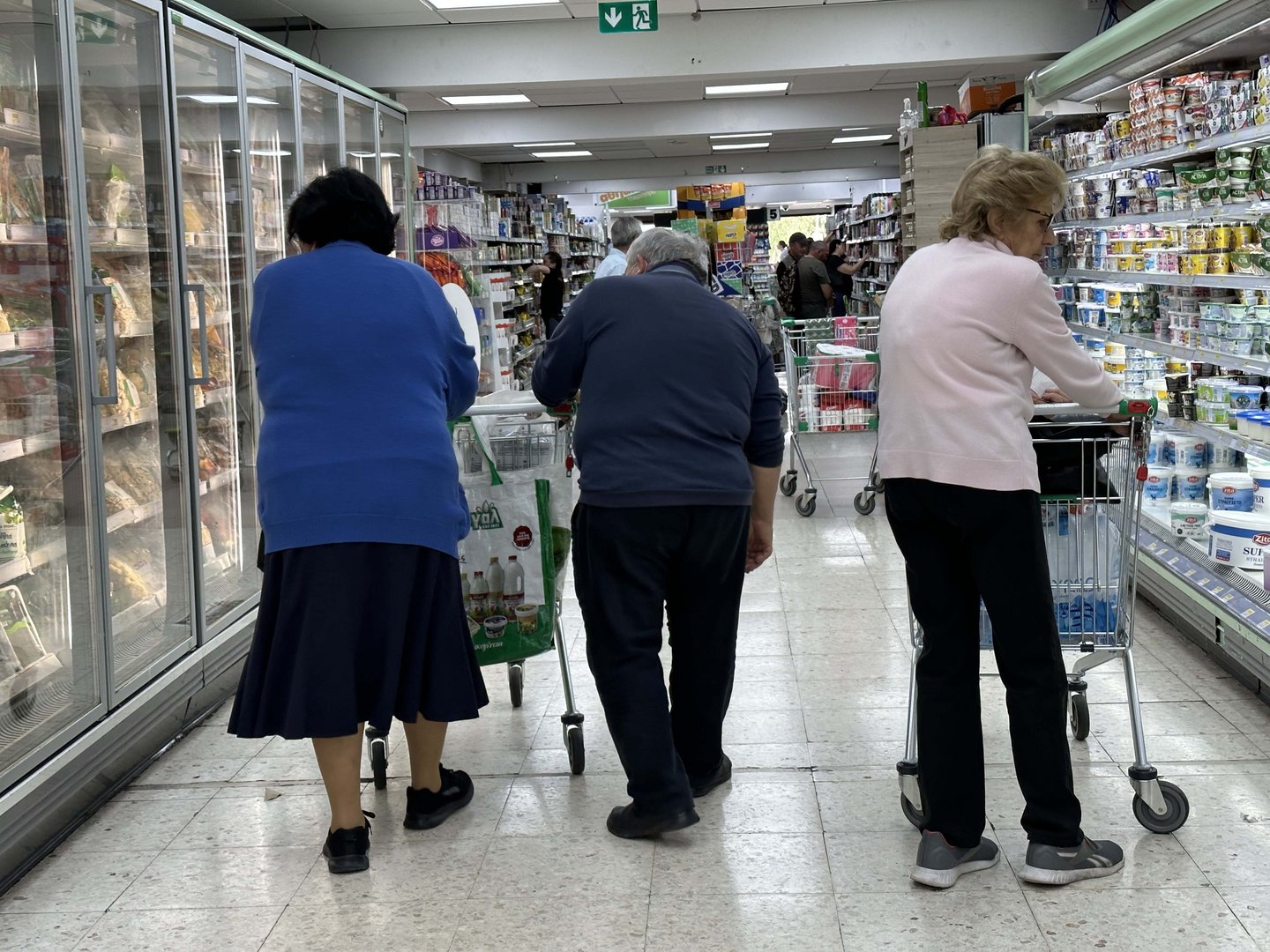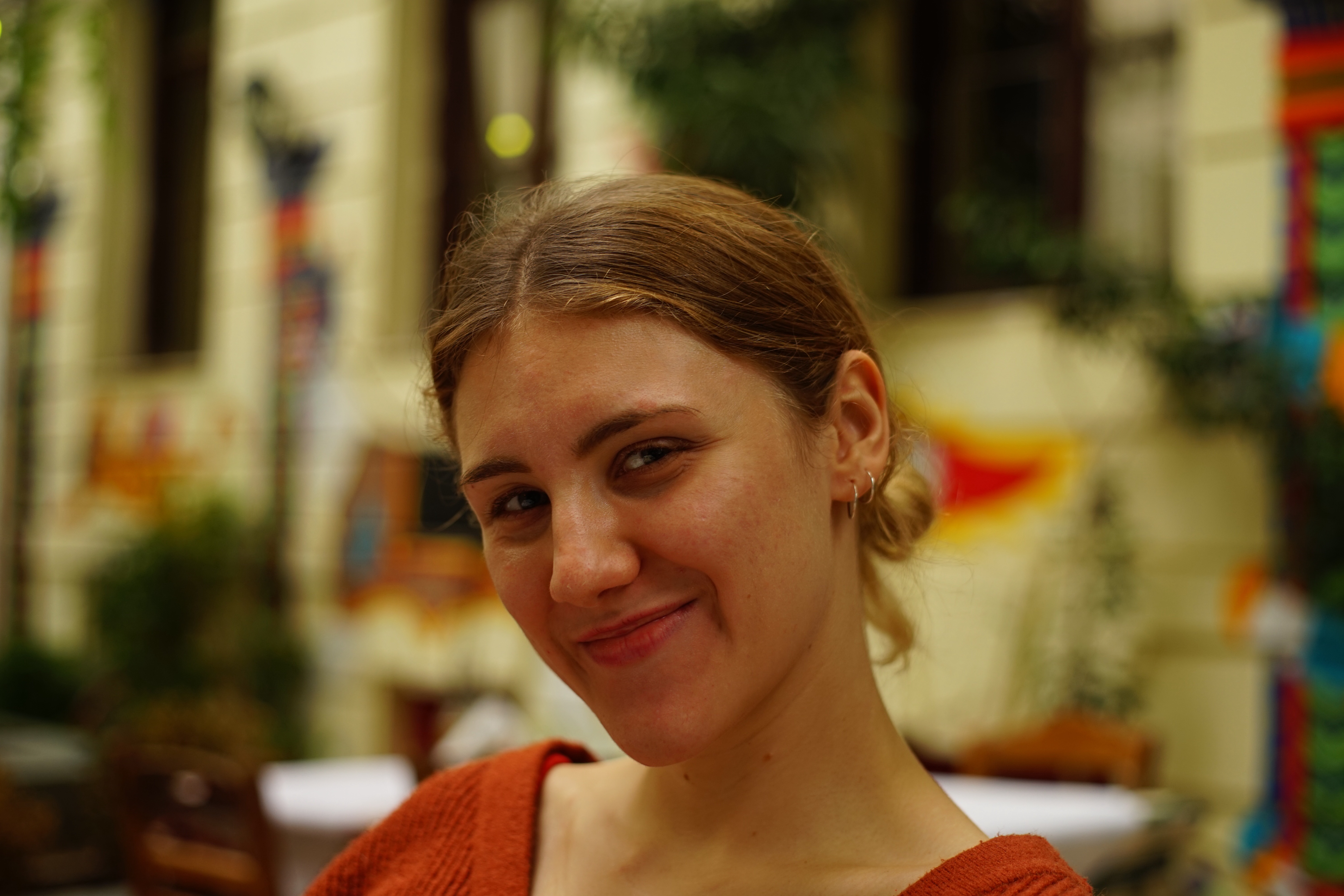The newly launched e-Kalathi application, designed to help consumers compare prices on basic goods, has received mixed reviews from both consumer advocates and supermarket representatives. While its potential is acknowledged, critics highlight several key shortcomings.
Executive secretary of the Supermarkets Association, Andreas Hadjiadamou, welcomed the initiative as a step toward greater market transparency, expressing hope it would become “an essential tool for informing consumers.”
However, he warned that excluding sectors such as kiosks and bakeries could result in unfair competition, creating an uneven playing field for smaller retailers.
“In recent years, the food market in Cyprus has become multi-channel. There are various stores that operate like supermarkets, selling similar products and attracting high traffic,” Hadjiadamou said.
He added that e-Kalathi had supermarkets facing an additional workload due to the requirement maintain the platform with updates on a daily basis, which was carried out at their own expense.
Hadjiadamou added that the supermarkets were in constant exchange with the customer protection service to address both ongoing and emerging issues.
Head of the Cyprus Consumers Association, Marios Drousiotis, echoed many of these concerns, saying the application had failed to deliver what was promised to consumers.
Speaking to the Cyprus Mail, Drousiotis said he had tested the app but would need more time to fully assess its functionality.
He expressed concern over the limited scope of the product basket featured on the app, describing it as containing “a very small number of products”, a shortcoming that, he said, restricted consumer choice. He further noted that the information currently provided fell short of addressing consumers’ needs.
“It gives information about the cheapest supermarket by province. There is no possibility for the consumer to request that he be given the cheapest supermarket that is closest to his home.”
Drousiotis also pointed out that the association was not consulted during the app’s development. “The criticism is made in good faith,” he added. “But neither the commerce ministry nor the consumer protection service involved us in the process.”
“e-Kalathi includes just 478 barcode items, while a typical supermarket carries between 8,000 and 10,000. So the consumer’s choice is very limited,” he said.
Beyond these structural issues, the app also suffers from some usability problems.
To begin with, e-Kalathi does not appear in app store search results. Users must first visit the official website, e-kalathi.gov.cy and scroll to the bottom to access links to Google Play or the Apple App Store.
Even then, the app is not available for download on devices linked to app store accounts registered outside Cyprus. Phones initially set up in Greece, the UK, or other countries cannot install the app through their default app store region.
Although the platform can be accessed via its website, this alternative is less practical for daily use.
Most consumers are unlikely to sit at a desktop to compare products one by one before shopping, and mobile website navigation is noticeably more cumbersome than a dedicated app.
For users with access to the app via a Cyprus-based app store, download and setup take only seconds. Once installed, users can browse products like eggs, milk, or pet food without logging in.
Selecting a product leads to a list of available items, complete with images, prices, and the number of supermarkets stocking each one.
The app includes the name, phone number, and address of each store. However, its interface suffers from basic design flaws — instead of grouping branches under each supermarket chain, every branch is listed separately.
As a result, users may have to scroll through as many as eight pages for one product category — precisely the problem Drousiotis warned about.
In one case, a pack of spaghetti showed a price variation of up to 30 cents. While savings like these can add up, it’s questionable whether consumers would change supermarkets for a single cheaper item — especially if the store is farther away or more expensive overall.
During testing, the app also froze mid-use, reinforcing concerns about its technical stability.
Drousiotis concluded by suggesting two key improvements to make the app more practical for everyday use: expanding the number of products included and adding a feature that allows users to identify the cheapest supermarket near their location.







Click here to change your cookie preferences